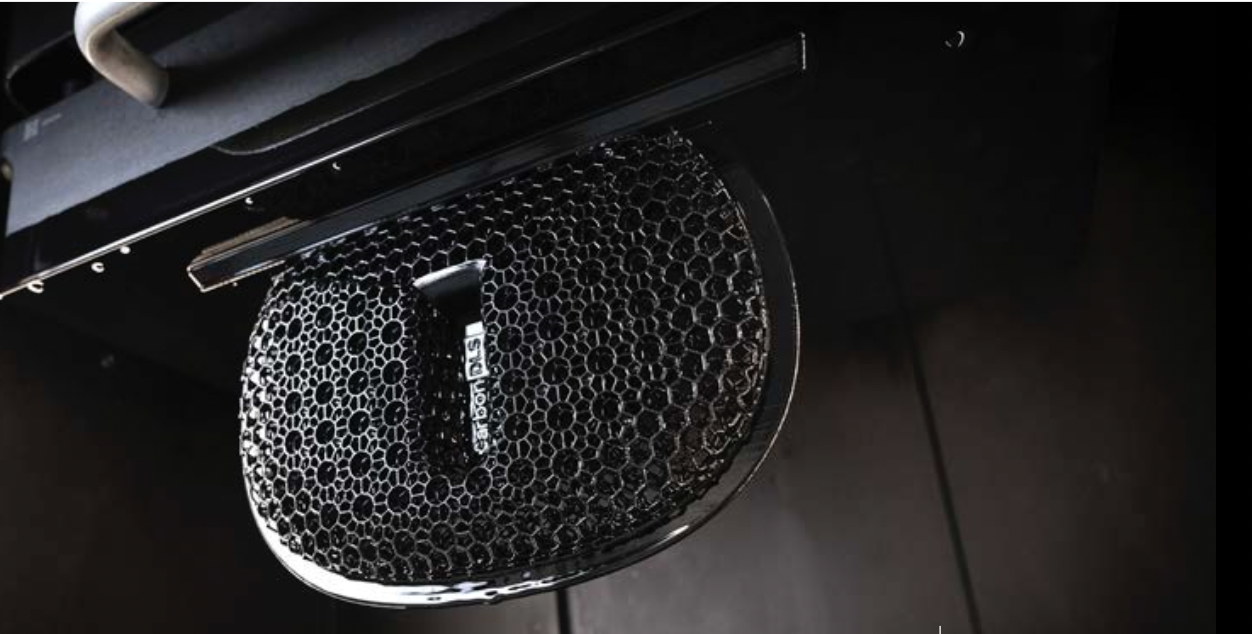While the additive manufacturing (AM) industry itself is still establishing its own standards and research bodies as a whole, we’re already seeing the formation of niche organizations within the sector. Among the first is the Photopolymer Additive Manufacturing Alliance (PAMA), which has just announced its formal launch. Working with the U.S. Department of Commerce’s National Institute of Standards and Technology (NIST), as well as ultraviolet and electron beam trade group RadTech, PAMA is dedicated to advancing research and technology in 3D printing.
The organization notes that photopolymer AM is already popular in a number of industries and has a great deal of potential for many more. Current sectors highlighted include jewelry, dentistry, eyewear and sporting goods, while PAMA suggests that personalized medicine and space 3D printing could yield future use of photopolymer processes. However, progress in the field is being held back by a combination of false marketing claims and the need for unified standards across the field.
“PAMA’s overarching goal is to better connect the industrial photopolymer supply chain with end user experiences in 3D printing,” says David Walker, Chair of the PAMA Executive Advisory Board and Co-Founder of Azul 3D. “In a widely diversified market, the language we use to describe our technology matters. Our industry’s terminology and protocols are not yet well-aligned or agreed upon, making it nearly impossible for end consumers to make informed and accurate comparisons between the existing technologies. This lack of transparency, coupled with an over-abundance of inconsistent marketing claims, has led to substantive roadblocks in the adoption of 3D printing in a safe and reliable way within manufacturing ecosystems. Simply put – a lack of unified standards and practices is holding Additive Manufacturing and Industry 4.0 back.”

A 3D printed lumbar support piece for Osprey’s new line of backpacks, made using Carbon 3D printers. Image courtesy of Carbon.
PAMA has already established commitments from “critical institutions and end-users” and is in the process of accepting new members. It will kick off its operations with activities at RadTech 2022, May 9 – 12 in Orlando, Florida. These include a PAMA lunch at the event to discuss the structure and future activities of the group. Almost 24 technical presentations will be given that discuss photopolymer 3D printing, with topics ranging from optimizing materials, molecular design, and “next level formulation” to a special PAMA market overview.
Stephanie Benight, from Tactile Material Solutions, will provide an exclusive update titled The Tactile Report Overview: Photopolymer Additive Manufacturing Market Trends and Companies to Watch. There will also be a short course on photopolymer additive manufacturing led by Walker and Dr. Jason P Killgore of NIST. PAMA will also be involved in a panel at the show titled “Future of Additive Manufacturing Materials.” This will include Maximilian Zieringer, Materials Lead at Formlabs; Charlie Wood, Senior Director of Research & Development at Fast Radius; Vince Anewenter, Director – RPC Consortium Milwaukee School of Engineering; Eric Pallarés García, Co-founder & CTO, BCN3D Technologies. And a RadLaunch class of 2022 will be introduced that will feature volumetric 3D printed dental aligners; custom 3D Printed boli for cancer patient radiation therapy; “disappearing” advanced 4D materials; and high-performance battery components.
“PAMA will help drive innovation in this critical manufacturing sector by supporting the development of standards and protocols and by providing a forum where members can share research and best practices,” says Dianne Poster, a research chemist and senior advisor at the National Institute of Standards and Technology (NIST).
As David Walker pointed out in an interview, photopolymers yield huge potential for manufacturing. Though often toxic and environmentally unfriendly, these photosensitive thermosets are now achieving material properties on par with thermoplastics in many cases. They represent the majority of hearing aids on the market and Carbon is now seeing them get into many more consumer products.
However, to achieve the safety and efficacy of the plastics we’re used to in our everyday lives, photopolymers will surely need a concerted effort behind them. This is particularly true if we want to see commercially viable bio-based photopolymers made possible. And because AM is only now beginning to take off as an end part production method, now is the chance to guide this segment in the right direction.
While we already have standards organizations, such as ASTM International, that are developing standards related to the AM as a whole, this may be among the first focused specifically on a material within the industry. Rather than cover one form of photopolymerization, such as SLA or DLP, it is dedicating itself to the resins themselves. This indicates that we’ve reached a point in the sector where niche groups are forming dedicated to their own specialties.
Subscribe to Our Email Newsletter
Stay up-to-date on all the latest news from the 3D printing industry and receive information and offers from third party vendors.
You May Also Like
Gorilla Sports GE’s First 3D Printed Titanium Cast
How do you help a gorilla with a broken arm? Sounds like the start of a bad joke a zookeeper might tell, but it’s an actual dilemma recently faced by...
Nylon 3D Printed Parts Made More Functional with Coatings & Colors
Parts 3D printed from polyamide (PA, Nylon) 12 using powder bed fusion (PBF) are a mainstay in the additive manufacturing (AM) industry. While post-finishing processes have improved the porosity of...
$25M to Back Sintavia’s Largest Expansion of Metal 3D Printing Capacity Since 2019
Sintavia, the digital manufacturing company specializing in mission-critical parts for strategic sectors, announced a $25 million investment to increase its production capacity, the largest expansion to its operations since 2019....
Velo3D Initiates Public Offering in a Bid to Strengthen Financial Foundations and Drive Future Growth
Velo3D (NYSE: VLD) has been among a number of publicly traded 3D printing firms that have attempted to weather the current macroeconomic climate. After posting a challenging financial report for 2023,...






























